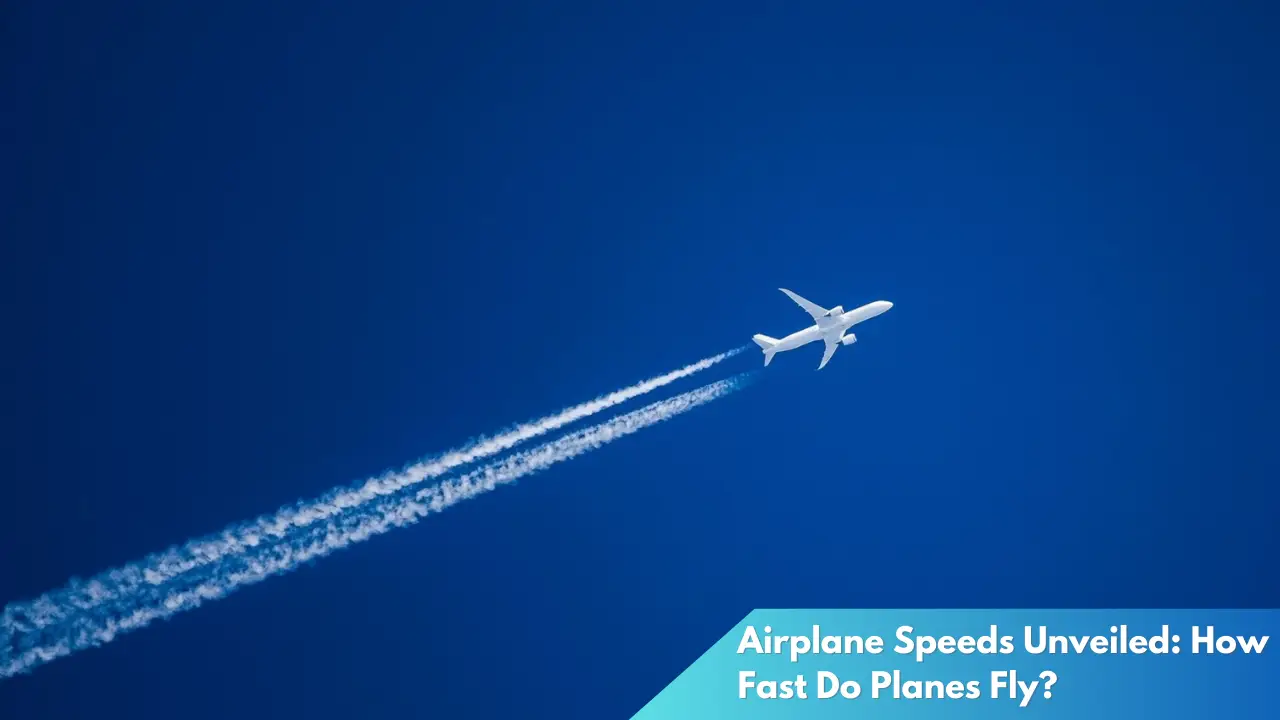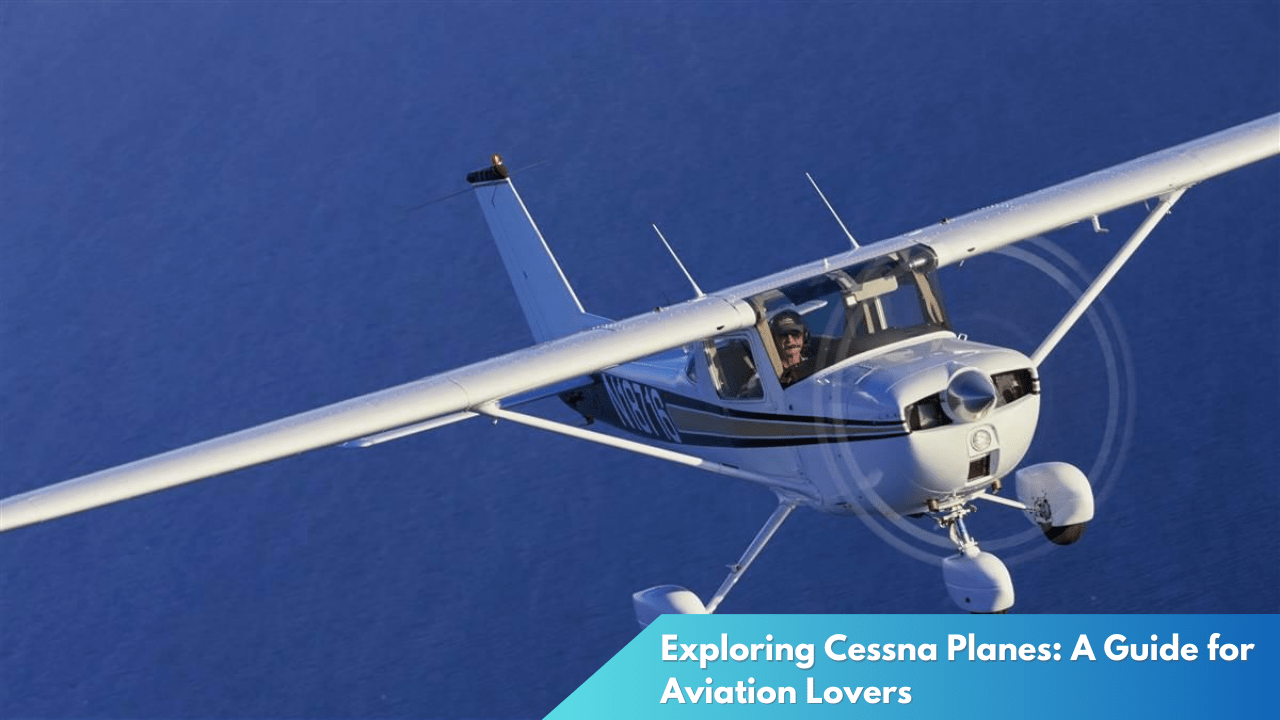Airplane Speeds Unveiled: How Fast Do Planes Fly?
In the modern era of aviation, speed is one of the key elements that defines the efficiency and appeal of air travel. From commercial jets transporting passengers across continents to military aircraft designed for rapid deployment, understanding airplane speeds is crucial not just for travelers but also for the aviation industry. This article explores the nuances of aircraft speed, providing insights into how fast planes fly and why speed matters in the aviation world.
Unveiling the Velocity: Air Travel Speeds Explored

Airplane speeds are a fascinating subject, as they vary widely based on the type of aircraft and its intended purpose. Commercial airliners, which are designed to carry passengers over long distances, typically cruise at speeds ranging from 500 to 600 miles per hour (mph). This speed is optimal for balancing fuel efficiency and travel time, making it feasible for airlines to operate economically while ensuring timely arrivals for passengers. Additionally, technological advancements in aerodynamics and engine efficiency have allowed modern airliners to maintain these speeds while minimizing environmental impact.
On the other end of the spectrum, military aircraft are engineered for speed and performance. Fighter jets, for example, can exceed speeds of Mach 2, which is over 1,500 mph, allowing them to perform complex maneuvers and engage in operations that require rapid response times. The development of supersonic and, more recently, hypersonic capabilities showcases the cutting-edge innovations that push the boundaries of speed in the aviation sector. These high-speed aircraft are crucial for national defense and have also sparked interest in reviving supersonic travel for commercial use.
Besides commercial and military applications, general aviation aircraft, such as private planes and small cargo carriers, typically operate at slower speeds. These planes usually fly at speeds between 120 to 300 mph, depending on their size and engine power. While they cannot compete with the speed of commercial jets or military fighters, they offer flexibility and accessibility for short-haul travel and personal transportation, serving a crucial role in connecting remote areas or providing quick travel options for business executives.
Decoding Aircraft Speed: How Fast Is Fast Enough?

The question of how fast an aircraft needs to fly is complex, involving various considerations such as distance, purpose, and cost. For commercial airlines, the priority is to maximize passenger capacity and fuel efficiency while minimizing travel time. Speeds of around 550 mph are generally considered optimal for transcontinental flights, balancing the factors of comfort, logistics, and economic viability. As airlines compete to offer the best service, speed remains a vital component, influencing flight scheduling, route planning, and overall travel experience.
The race for speed is equally intense in the realm of military aviation, where the ability to achieve high velocities can determine the outcome of missions. Modern fighter jets and drones are continually being developed to reach faster speeds, which are crucial for evading detection and intercepting threats. Hypersonic technology, which aims to achieve speeds greater than Mach 5, represents the next frontier in military aviation, posing both opportunities and challenges for defense strategies worldwide.
In the context of private and small aircraft, the emphasis shifts towards efficiency, safety, and comfort rather than sheer speed. Aircraft in this category are designed to meet the specific needs of their users, whether it’s for leisure, business, or emergency medical services. Advances in avionics and materials have improved the performance of these aircraft, allowing them to cover significant distances swiftly and safely, albeit at a more moderate pace compared to their commercial and military counterparts.
In conclusion, the speed at which airplanes fly is a dynamic aspect of aviation that reflects the diverse requirements of different types of aircraft. From the bustling pace of commercial flights to the breakneck speeds of military jets, each category of aircraft is optimized for its unique mission profile. As technology continues to advance, the pursuit of speed in aviation not only enhances operational efficiency but also pushes the boundaries of what is possible, shaping the future of air travel for decades to come.



